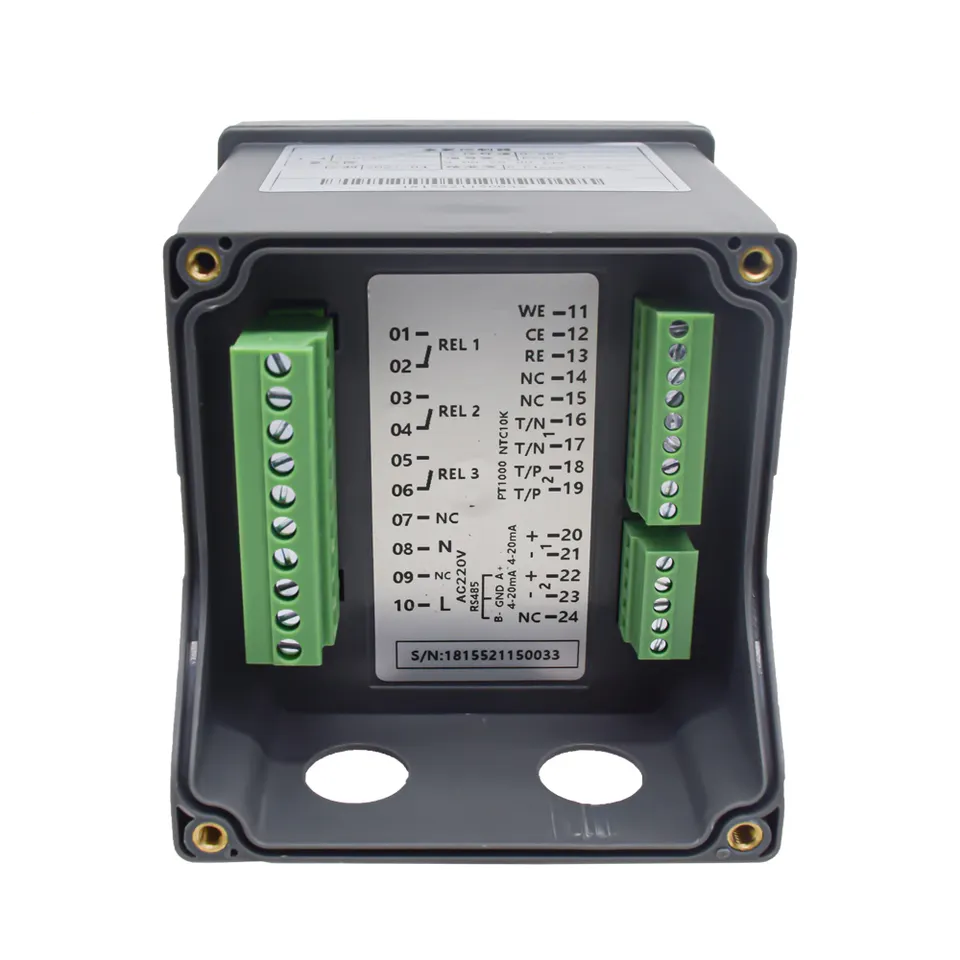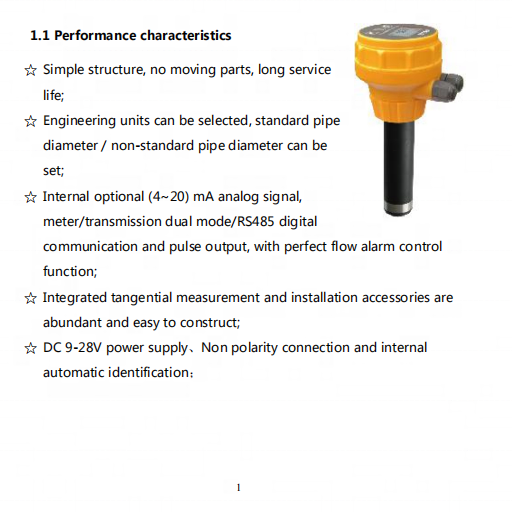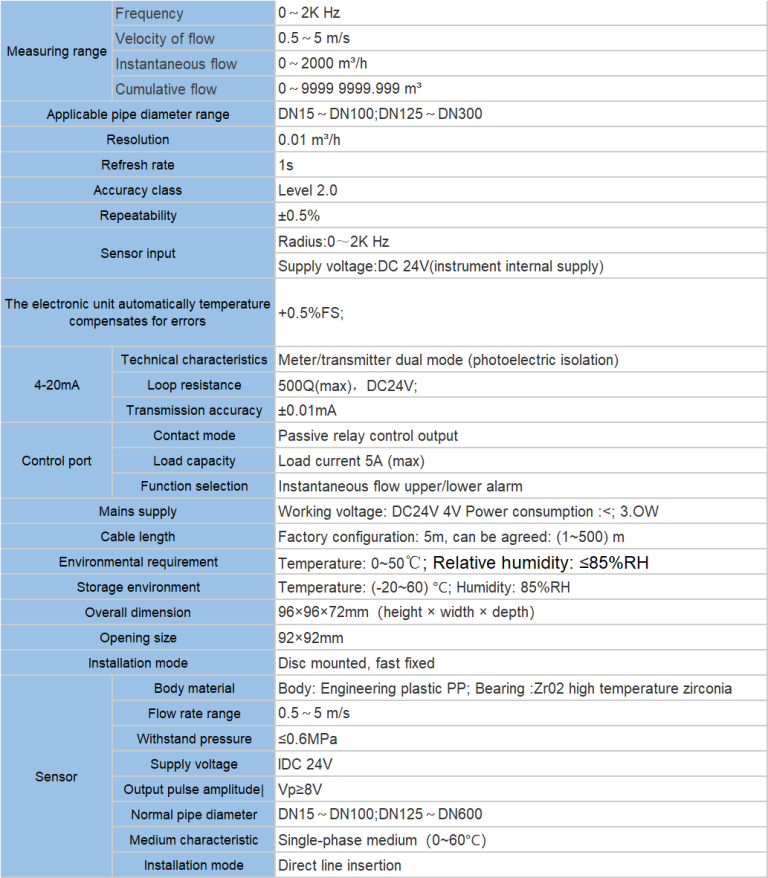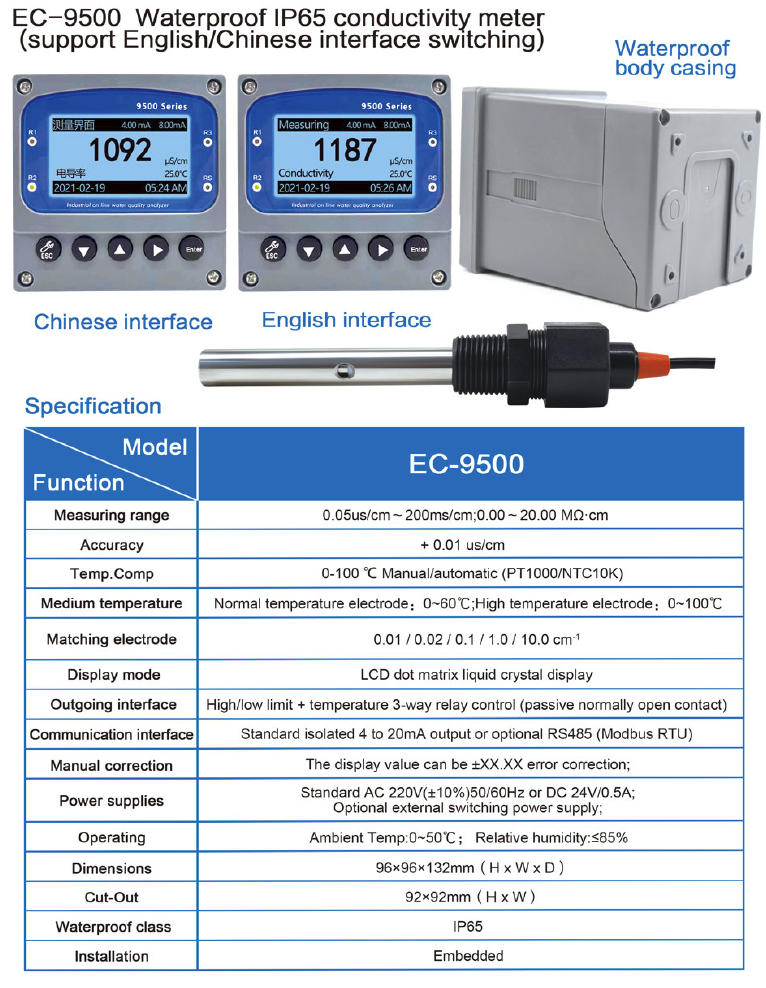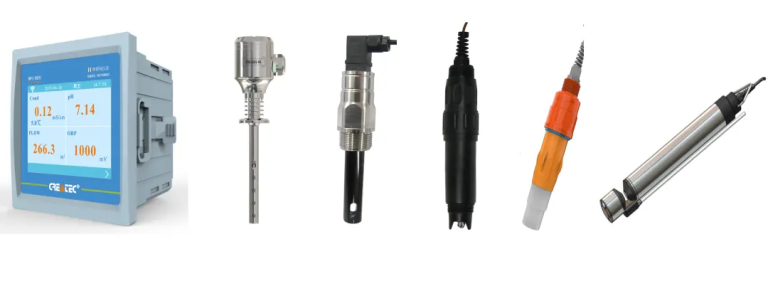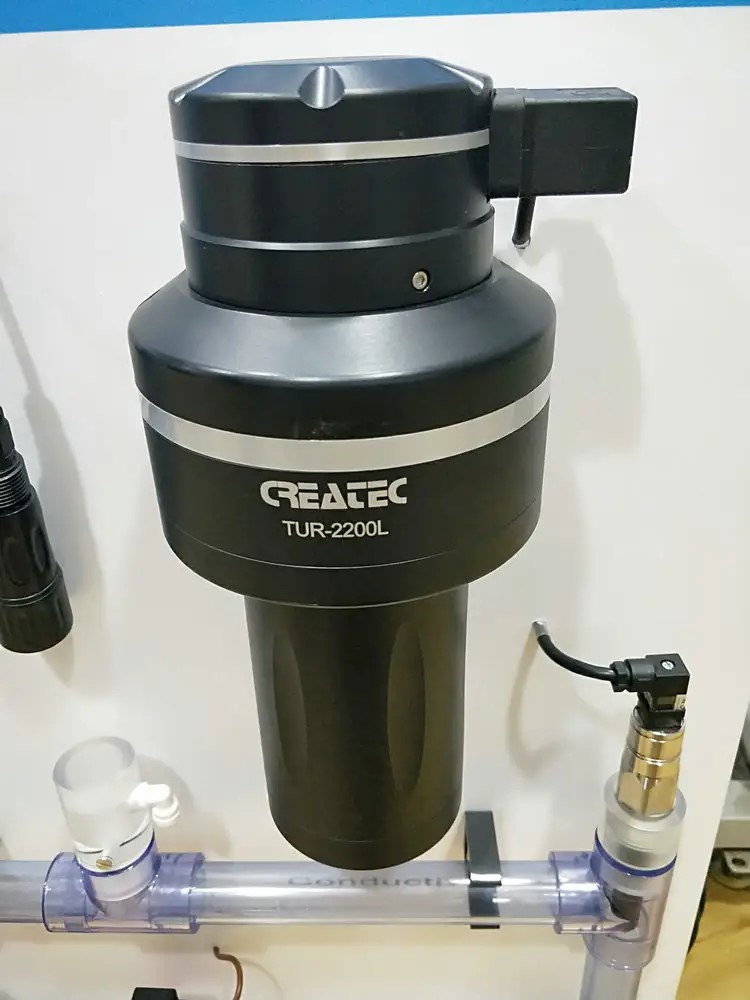Proper Techniques for Calibrating a ph meter
A pH meter is a crucial tool for anyone working in a laboratory setting, as it allows for accurate measurements of the acidity or alkalinity of a solution. However, in order to ensure the reliability of your pH meter readings, it is essential to calibrate the device regularly. Calibration is the process of adjusting the pH meter to ensure that it is providing accurate and precise measurements. In this article, we will discuss the proper techniques for calibrating a pH meter to ensure the accuracy of your results.
Before calibrating your pH meter, it is important to gather all the necessary materials. You will need calibration solutions of known pH values, typically pH 4.01, pH 7.00, and pH 10.01. These solutions can be purchased commercially or prepared in-house using a pH buffer solution. Additionally, you will need a clean beaker or container to hold the calibration solutions, as well as a clean and dry electrode for the pH meter.
To begin the calibration process, start by rinsing the electrode with distilled water to remove any residue or contaminants. Next, immerse the electrode in the pH 7.00 calibration solution and allow it to stabilize for a few minutes. Once the reading on the pH meter stabilizes, adjust the calibration knob on the meter until the display reads the correct pH value of 7.00. Rinse the electrode with distilled water again before proceeding to the next step.
After calibrating the pH meter with the pH 7.00 solution, repeat the process with the pH 4.01 and pH 10.01 calibration solutions. Immerse the electrode in each solution, allow it to stabilize, and adjust the calibration knob on the meter until the display reads the correct pH value for each solution. Rinse the electrode with distilled water between each calibration to prevent contamination of the solutions.
Once you have calibrated the pH meter with all three calibration solutions, rinse the electrode with distilled water one final time and dry it with a clean paper towel. Your pH meter is now calibrated and ready for use in measuring the acidity or alkalinity of your samples.
It is important to note that pH meters should be calibrated regularly, ideally before each use, to ensure the accuracy of your measurements. Additionally, it is recommended to calibrate the pH meter with at least two calibration points, such as pH 4.01 and pH 7.00, to account for any potential errors in the readings.
| Model | pH/ORP-5500 pH/ORP Online Meter |
| Range | pH:0.00~14.00 ; ORP: (-2000~+2000)mV; Temp.:(0.0~99.9)\\u00b0C (Temp.Compensation: NTC10K) |
| Resolution | pH:0.01 ; ORP: 1mV; Temp.:0.1\\u00b0C |
| Accuracy | pH:+/-0.1 ; ORP: +/-5mV(electronic unit); Temp.: +/-0.5\\u00b0C |
| Temp. compensation | Range: (0~120)\\u00b0C; element: Pt1000 |
| Buffer Solution | pH value 9.18; 6.86; 4.01; 10.00; 7.00; 4.00 |
| Medium Temp. | (0~50)\\u00b0C (with 25\\u00b0C as standard) manual/automatic temp. compensation for selection |
| Analog output | Isolated (4~20)mA, Instrument/Transmitter for selection |
| Control Output | Double relay output (ON/OFF); AC 240V/3A |
| Working Environment | Temp.(0~50)\\u2103; relative humidity <95%RH (non-condensing) |
| Storage Environment | Temp.(-20~60)\\u2103;Relative Humidity \\u226485%RH (none condensation) |
| Power Supply | DC 24V; AC 110V; AC220V |
| Power consumption | <3W |
| Protection level | IP65 (with back cover) |
| Dimension | 96mmx96mmx105mm(HxWxD) |
| Hole Size | 91mmx91mm(HxW) |
In conclusion, calibrating a pH meter is a simple yet essential process to ensure the accuracy and reliability of your measurements. By following the proper techniques outlined in this article, you can calibrate your pH meter with confidence and obtain precise results in your laboratory work. Remember to use calibration solutions of known pH values, rinse the electrode between calibrations, and calibrate the meter regularly for optimal performance.
